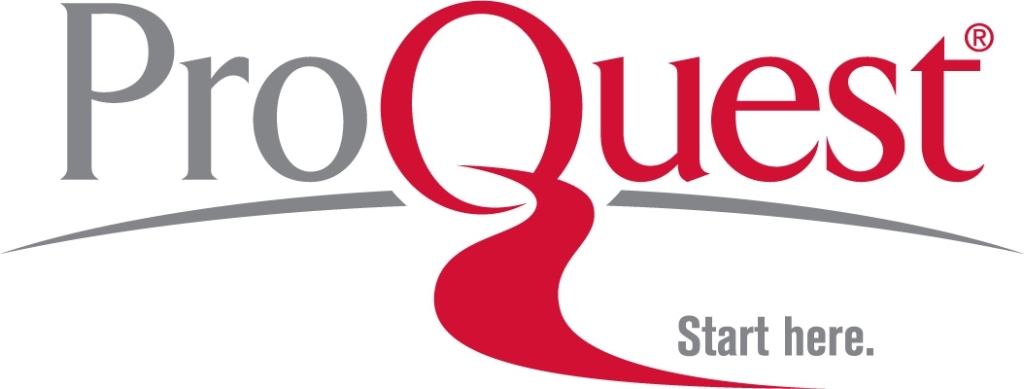BILATERAL TRADE BALANCE OF MALAYSIA TO THE UNITED STATES, JAPAN AND SINGAPORE: AN EMPIRICAL STUDY
DOI:
https://doi.org/10.51200/lbibf.v4i.1430Abstract
This study examines the long-run and short-run impact of real exchange rate on bilateral trade balance of Malaysia to the United States (US), Japan and Singapore using monthly data over the period 1976:1-2004:11. Moreover, this study examines the impact of the implementation of fixed exchange rate in Malaysia in 1994 and the Asian financial crisis (1997-1998) as well as the implementation of fixed exchange rate in Malaysia after the crisis on bilateral trade balance. The generalised impulse response function is estimated to investigate the dynamics of bilateral trade balance to a shock in real exchange rate. This study finds that there is a long-run relationship among bilateral trade balance, real exchange rate, domestic income and foreign income. The generalised impulse response function shows that the J-curve phenomenon is found in the short run, particularly for the whole sample period. In the long run, depreciation or devaluation of exchange rate will improve bilateral trade balance. Thus, Marshall Lerner condition holds.


















